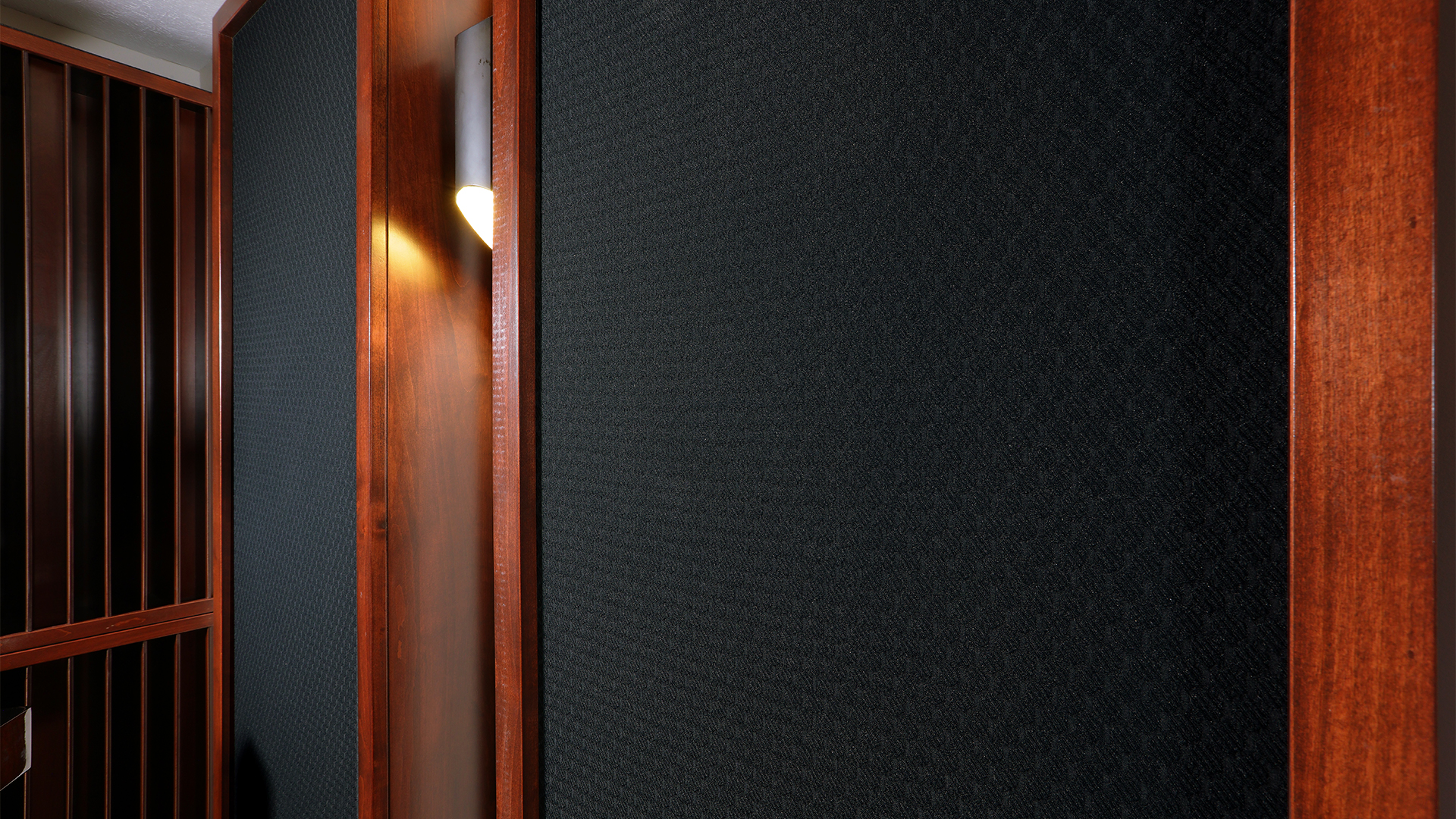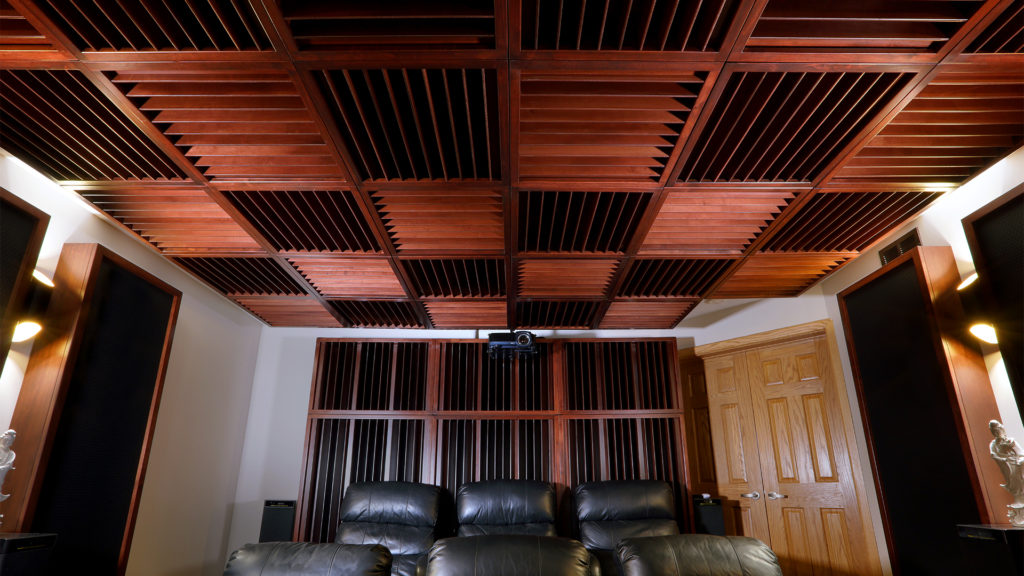
When you look at the terms people use to search for things, you quickly realize that they do not know what they are really searching for. If you look at the search term acoustic panels vs foam, you realize that people think there is a difference between foam and acoustic panels. That is a good thing because there are drastic differences and similarities between the two. When looking at acoustic panels vs foam you realize that an acoustic panel can contain foam. It can also contain other material types. The objective is to fit the proper foam or acoustic panel into your room using the proper panel or foam type. Foam comes in two flavors. There is an open celled foam and then there is a closed cell foam. The open celled foam is the one we want for acoustical treatment. The closed cell foam is for our couch cushions and car seats. Closed celled foam is not for sound absorption. At Acoustic Fields, we take sound absorption and diffusion very seriously.
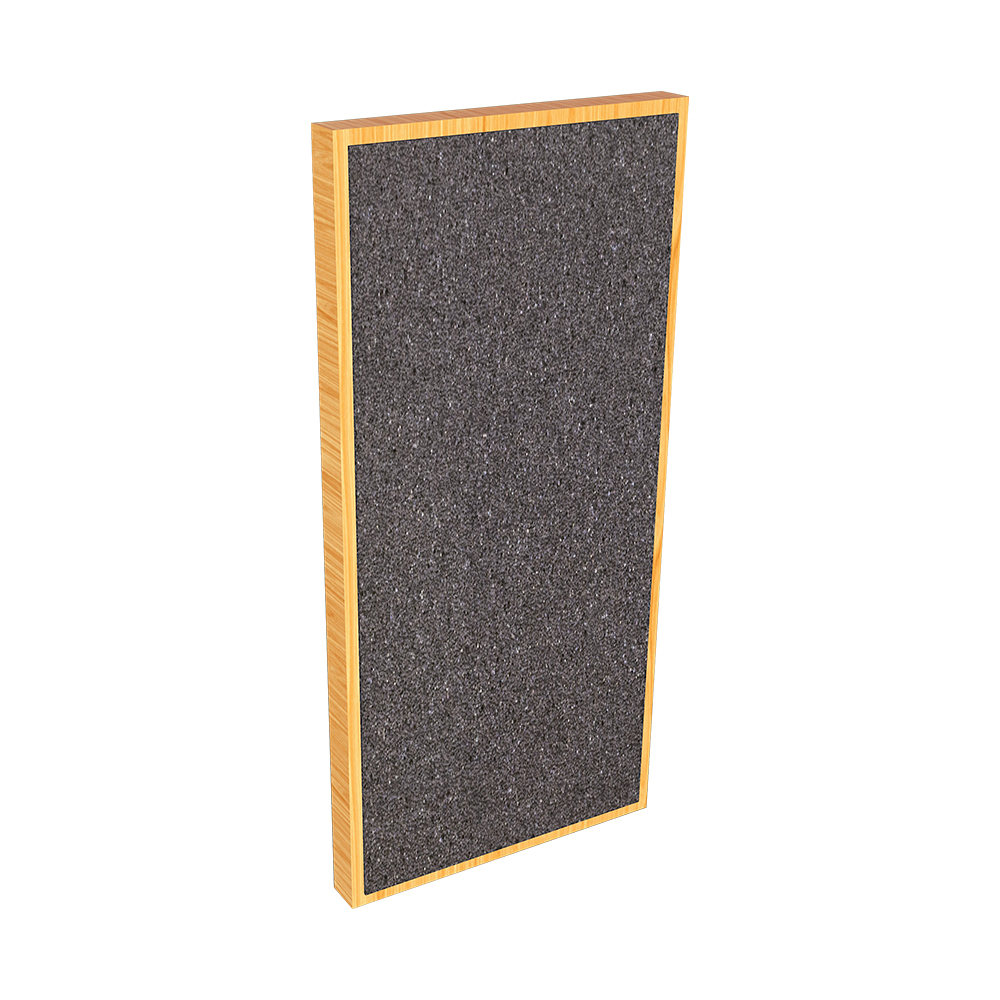
If our two choices are acoustic panel vs foam, we must first quantify and qualify our acoustical issues. We must first decide what our frequency of issues are. Are we dealing with low frequencies such as “bass” or are we dealing with middle and high frequency issues such as music and voice. It depends what the frequency and amplitude (strength) of our issues are in deciding acoustic panels vs foam. An acoustic panel will be deeper than a foam technology. The deeper the panel, the lower the frequency it will absorb down to. https://www.acousticfields.com/product/acoustic-panels/ Foam technology is for middle and high frequency issues such as reverberation (reflection) management off of our wall surfaces.Most foam technologies are between 2″ and 3″ each. An acoustic panel can take many forms and shapes. An acoustic panel can be designed to absorb at a lower frequency than open celled foam. Most foam technologies start absorbing energy around 125 Hz.and moving upward through 500 Hz. then up from there. Our proprietary foam technology took 8 years and 2 M to create and is specifically designed for music and voice. https://www.acousticfields.com/product/acoustic-foam/
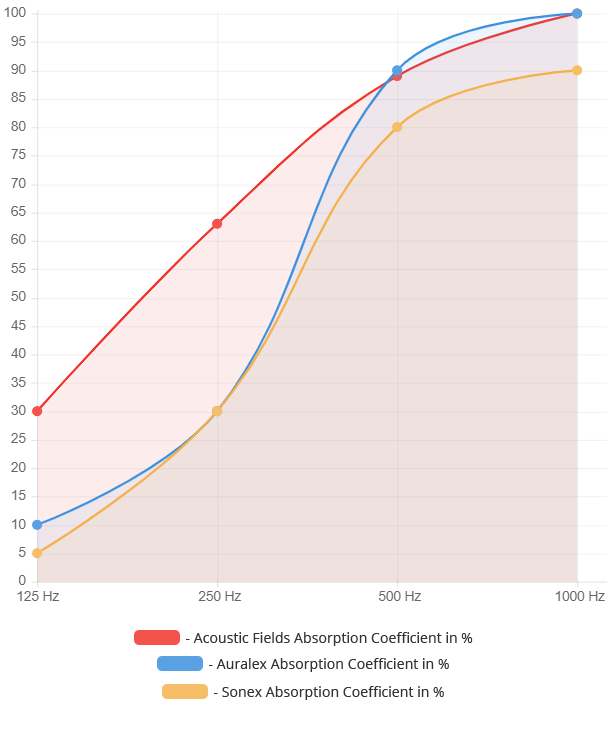
Music and voice are special. They have a special place in most of our lives. We measure time periods by the music we were listening to at that time in our life. Music and voice have special requirements when it comes to how they both are managed. Music and voice can be managed correctly using a combination of absorption and even diffusion. The goal with using absorption as a management tool is that you must watch the rate or how fast the foam is absorbing and the level or how low in frequency it starts absorbing or working at. You must start with a design goal of around 100 – 125 Hz. for a 2″ thick piece of foam. The goal from that starting point is a smooth transition upward the octave bands. It must be linear absorbing https://en.wikipedia.org/wiki/Linearity equally at all frequencies as it makes its climb upward to the high frequencies. There can not be any spatial irregularities in the absorption curve. We do not want any peaks or dips in the response curve. The foam must be gentle and gradual but stay predictable and consistent in its performance.
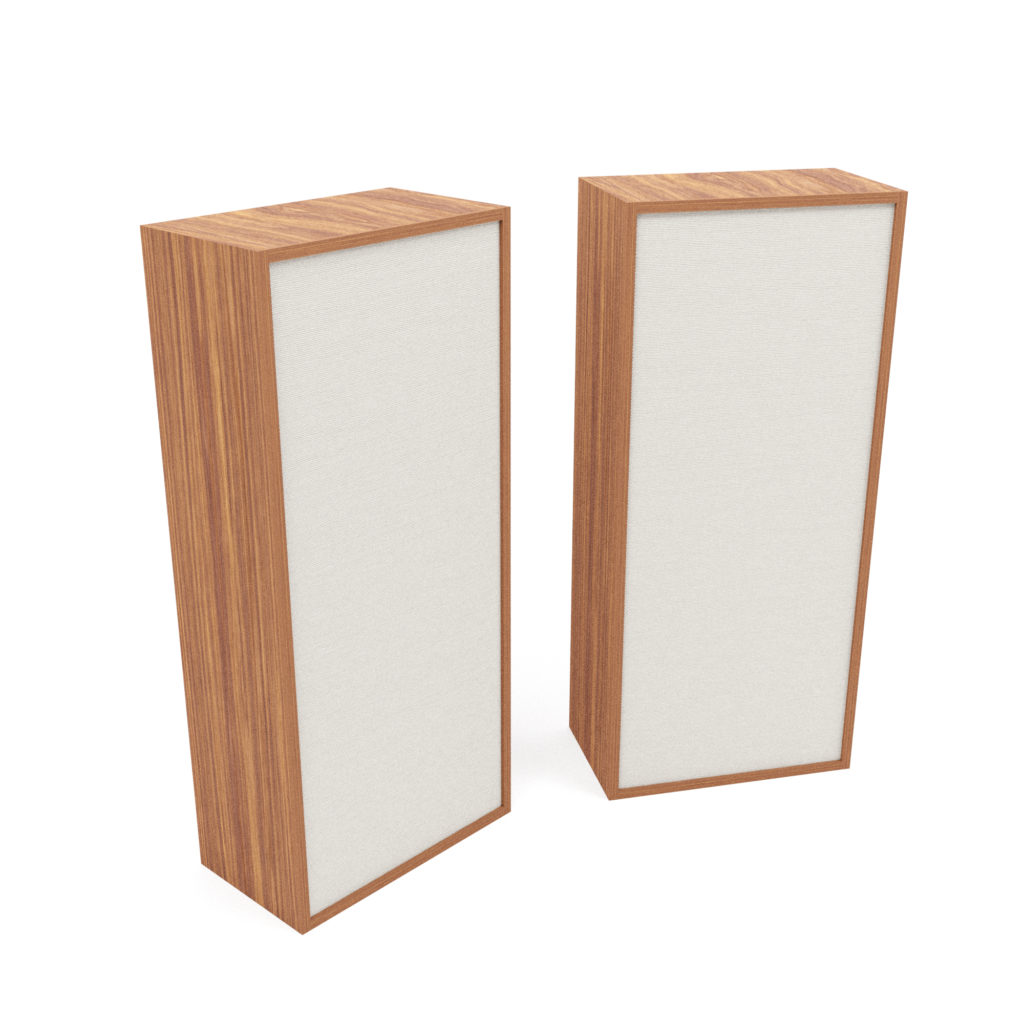
Acoustic panels vs foam can also be looked at to mean low -frequency absorbing panels. If you divide the frequency range we use as human beings the lowest frequency we can “hear” is 20 Hz.. The highest is around 16,000 Hz. https://www.widex.com/en-us/blog/global/human-hearing-range-what-can-you-hear/ This human hearing frequency range is broken down into two parts. We have low frequencies in one group and we have middle and high frequencies in another group. Low frequencies require completely different treatment types than do middle and high frequencies. Low frequencies require that any acoustical panel that is used, we will have a panel that is much deeper than foam technology., Low frequencies require an acoustic panel that is deep and tall. It must cover a lot of surface area. If a wall in a room is producing 40 Hz. issue, then we need so many square feet of low-frequency absorption at that wall location. This is why you must use diaphragmatic absorption. Diaphragmatic absorption is the most powerful of all the three low-frequency absorption technologies Pound for pound and square foot / square foot nothing gets close to diaphragmatic absorption.
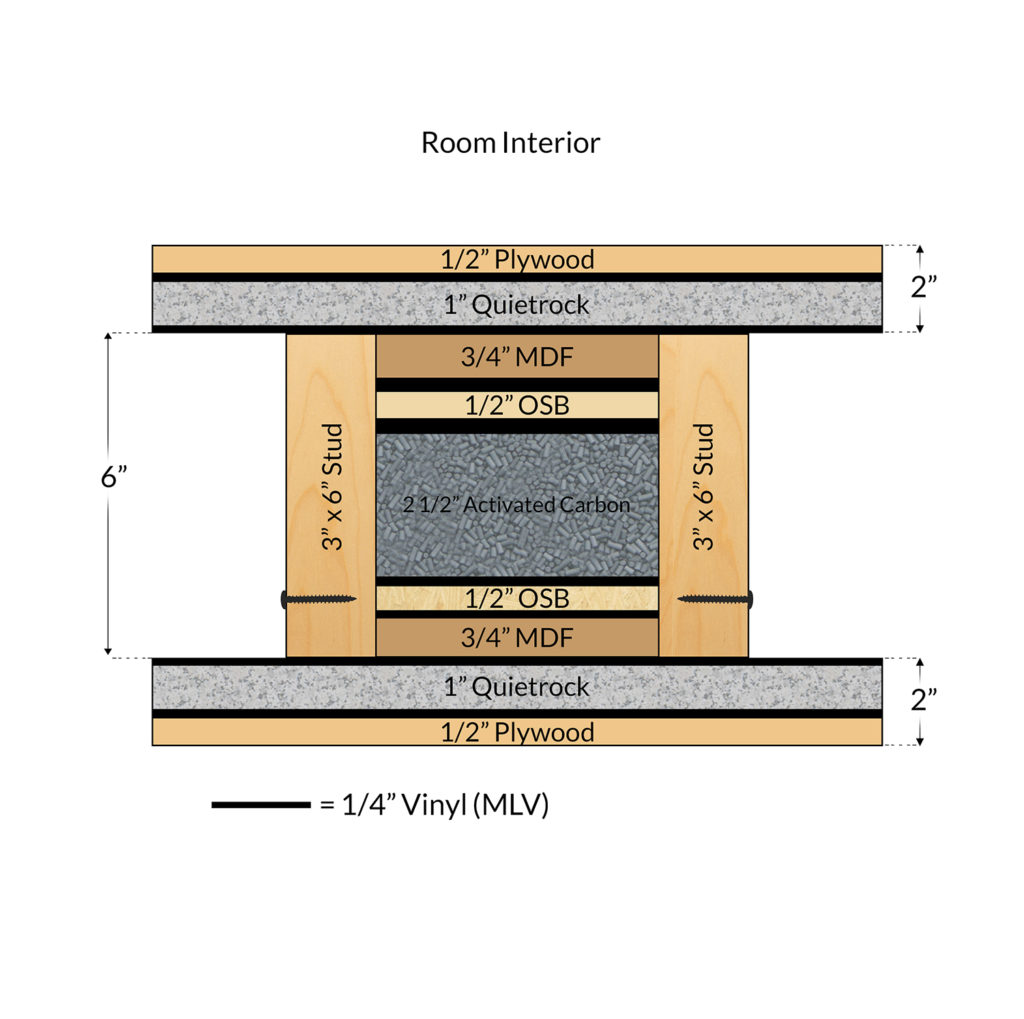
Our ACDA series contains our carbon technology inside the cabinet and behind the fabric is our proprietary foam. The cabinet depth determines how low or what low frequency the cabinet will absorb at. The carbon on the inside of the cabinet controls the rate aor how much and how fast that energy above the cabinet resonant frequency is absorbed. Our carbon technology controls the rate of absorption inside the cabinet. The carbon deals with frequencies from 30 Hz. – 300 Hz. The foam face then kicks in and carries the absorption rate to 6,300 Hz. mark which is the frequency range engineers mix music within. It is always a good thing to have your room acoustically treated within the same frequency range in which the music you are listening to was mixed in. At 30″ w x 60″ x 16″ deep at 230 lbs. on wheels these units are serious low, middle, and high frequency absorption units. Each unit represents 12 square feet of absorption area and attenuates 1.5 dB / unit or 12 square feet. Check out the horsepower in this unit. https://www.acousticfields.com/product/acda-10-studio/


